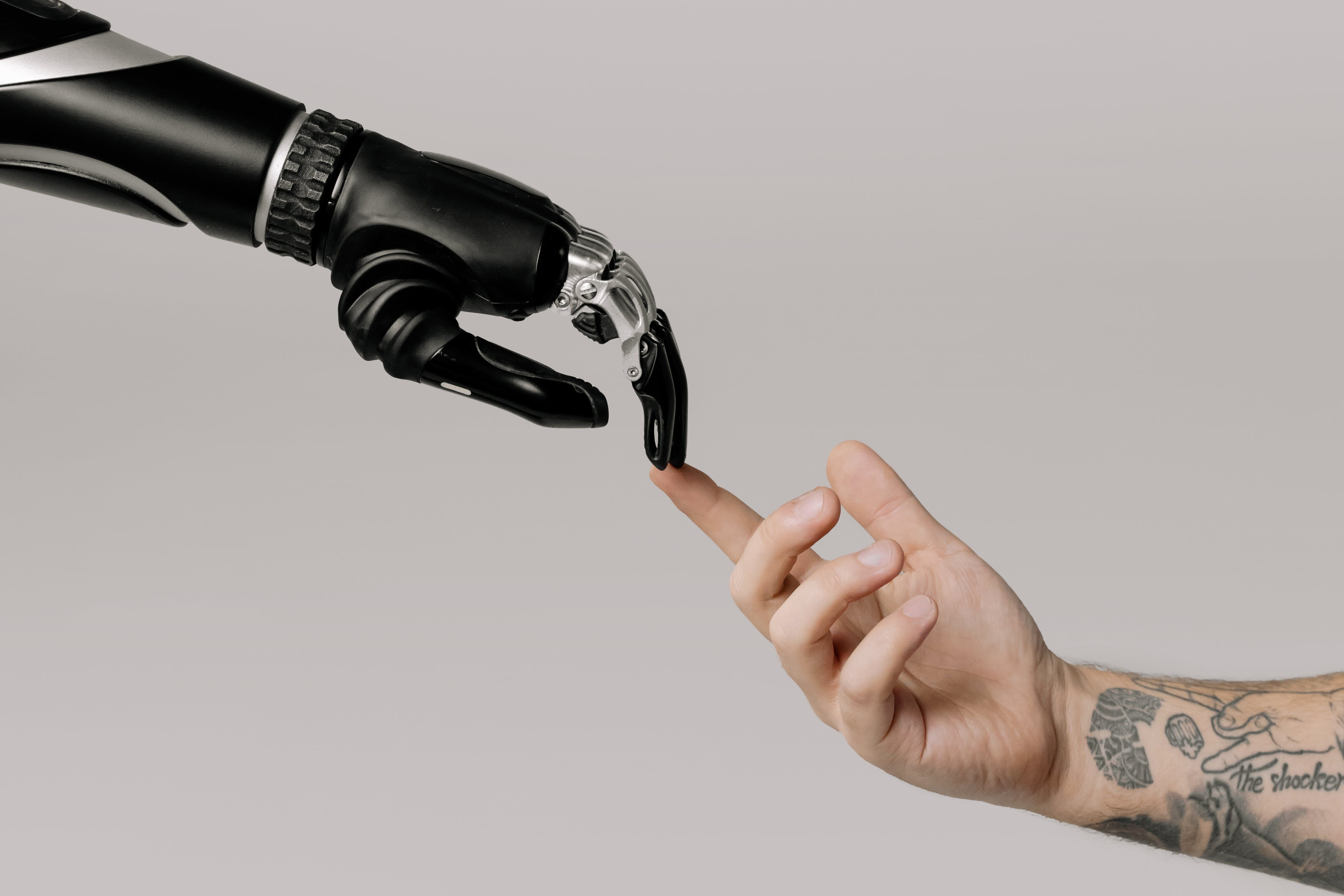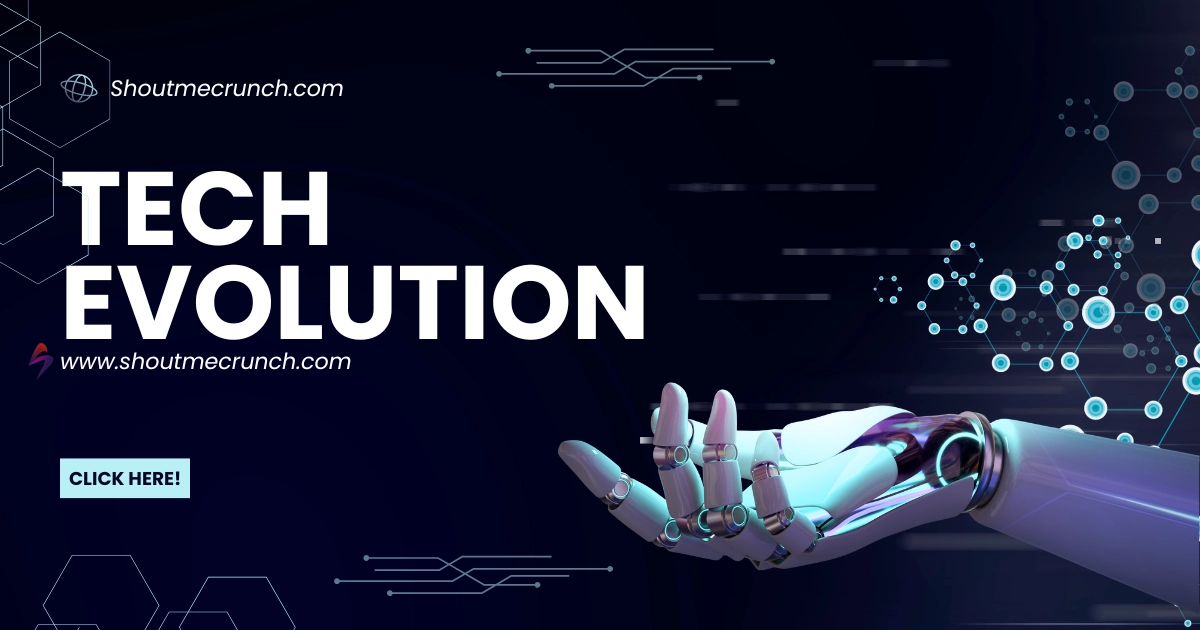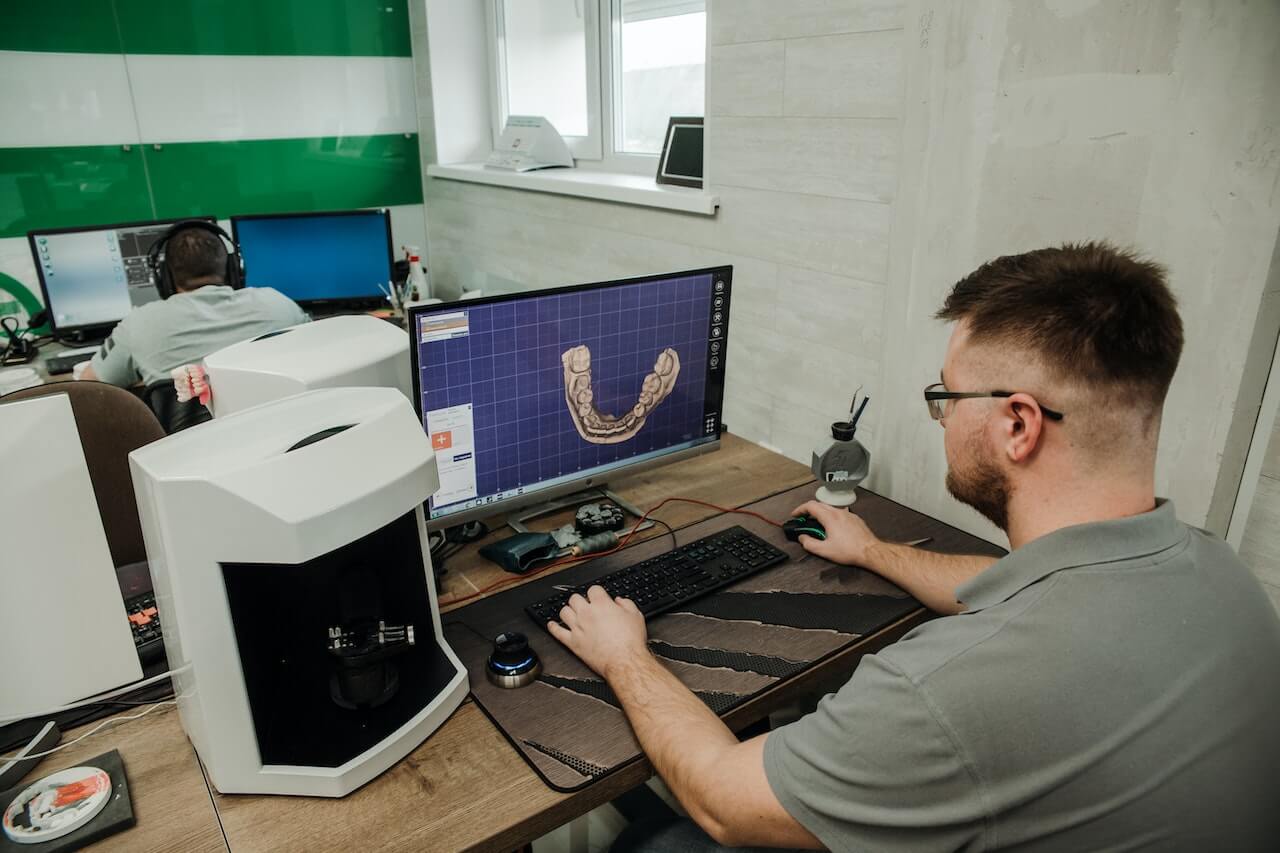Uncover the power of design thinking in Tech Innovations. Dive into user-centric solutions, success stories, and the latest trends. Prioritize user satisfaction for long-term success in the digital market.
Introduction
Design thinking has revolutionized the tech innovation industry by transforming developers’ approach to creating user-centric solutions. This article explores its principles, application, and impact on industry success stories. It highlights empathetic user research, ideation, prototyping, and testing, ensuring the software meets and exceeds user expectations.
Applying Design Thinking in Tech Innovations
Integrating design thinking into Tech Innovations goes beyond a linear approach. It involves a continuous cycle that begins with empathizing with the user. This phase is not a one-time activity but an ongoing process, integrating user research into every stage of development. Fostering a collaborative and innovative environment is crucial, as cross-functional teams work together to bring diverse skills and perspectives to problem-solving. This collaborative approach ensures a holistic understanding of challenges and leads to more comprehensive solutions.
The iterative development and continuous user feedback principle aligns with agile methodologies. Emphasizing flexibility and adaptability, it allows developers to refine the product throughout its lifecycle. This approach ensures the software remains dynamic, responding to changing user needs and market trends. Applying design thinking is not a standalone process but a philosophy that shapes the entire development culture, placing the user at the centre of every decision.
User Research: Unveiling Insights
User research is a pivotal aspect of design thinking, providing a foundation for creating user-centric solutions.
Direct Interaction: Interviews and Observations
Conducting thorough user interviews and observations is the initial step in this phase. By directly interacting with users, developers gain valuable qualitative insights into their preferences, behaviours, and pain points.
Analytics Tools: Complementing Qualitative Data
Utilizing analytics tools complements qualitative data with quantitative insights. These tools help developers make informed, data-driven decisions by analyzing user behaviour patterns.
Continuous Process: Integral to Refinement
User research, embedded as a continuous process, becomes integral to refining and optimizing the software based on real-world insights.

Idea Generation: Cultivating Creativity
The ideation phase in design thinking is a dynamic process beyond traditional brainstorming.
Structured Brainstorming: Sharing Ideas in Tech Innovations
It involves structured brainstorming sessions where team members freely share thoughts and ideas. This collaborative approach encourages a diversity of perspectives, fostering creativity within the team.
Idea Mapping: Refining Concepts in Tech Innovations
Idea mapping further refines these concepts, visually representing ideas and their relationships.
Cross-Functional Collaboration: Holistic Problem-Solving in Tech Innovations
Encouraging cross-functional collaboration is a key element of successful idea generation. By involving individuals with varying expertise, design thinking ensures a holistic approach to problem-solving.
Prototyping Solutions: Bringing Ideas to Life in Tech Innovations
Rapid prototyping is a hallmark of design thinking, bridging the gap between creativity and implementation.
Rapid Development: Accelerating the Iterative Process in Tech Innovations
This phase involves quickly creating tangible representations of ideas and facilitating visualization and testing. Rapid prototyping accelerates the iterative process, allowing developers to adjust based on user feedback.
Focus Group Testing: Involving Users Actively in Tech Innovations
Testing prototypes with a focus group is an essential step in refining solutions. Developers gain valuable insights into user interactions by involving a representative sample of the target audience.
Real-World Feedback: Guiding Further Improvements in Tech Innovations
This real-world feedback guides further improvements, ensuring the final product aligns seamlessly with user expectations.

Success Stories: Software Products with a User-Centric Approach
Examining success stories illustrates how a user-centric approach can redefine the landscape of software products.
Setting the Industry Benchmark in Tech Innovations
Apple’s iOS, renowned for its seamless and intuitive user experience, exemplifies the impact of design thinking. The sleek design, fluid animations, and hardware and software integration contribute to a superior user experience, setting a benchmark for the industry.
Redefining Workplace Collaboration in Tech Innovations
Slack, a communication platform, redefined workplace interactions by prioritizing user experience. Its user-friendly interface and features tailored to collaborative work have made it a staple in modern offices.
Transformational Power: Reshaping Industries in Tech Innovations
These success stories showcase the transformative power of design thinking in creating software products that meet and exceed user expectations, revolutionizing entire industries.
Latest Trends in User-Centric Tech Innovations
The evolution of user-centric Tech Innovations includes the integration of artificial intelligence (AI) for personalized experiences.
AI Integration: Personalizing User Experiences in Tech Innovations
AI algorithms analyze user behaviour, providing tailored recommendations and enhancing overall usability. This trend reflects a shift towards more intelligent and adaptive software solutions, creating personalized interactions that cater to individual user preferences.
Democratizing Development in Tech Innovations
Another significant trend is the rise of low-code and no-code development platforms. These platforms empower non-developers to contribute to the development process, accelerating innovation and reducing time-to-market.
Democratization: Collaboration Across Expertise Levels in Tech Innovations
The democratization of software creation opens new possibilities for collaboration between technical and non-technical team members, fostering a more inclusive and efficient development environment.

Conclusion
Adopting design thinking principles is non-negotiable for Tech innovation companies in a landscape where user satisfaction defines success. Creating user-centric solutions isn’t just a trend; it’s a philosophy that paves the way for innovative, successful products. By embracing empathy, iteration, and continuous user feedback, developers can create software that meets and exceeds user expectations, ensuring long-term success in the competitive digital market.
FAQs
How does design thinking differ from traditional Tech Innovation approaches?
- Unlike traditional methods, design thinking prioritizes the user throughout development, focusing on empathy, iteration, and continuous user feedback.
Can small Tech Innovations teams benefit from design thinking?
- Absolutely. Design thinking is adaptable and scalable, benefiting teams of all sizes and fostering collaboration and creativity.
What role does user research play in the design thinking process?
- User research is foundational. It unveils insights into user preferences and behaviours, guiding the entire development lifecycle.
Are there industries where design thinking is particularly effective?
- Design thinking is versatile and can be applied across industries. It’s particularly effective in sectors where user experience is paramount, such as technology and healthcare.
How does continuous user feedback contribute to product improvement?
- Continuous feedback ensures the product evolves with changing user needs, resulting in a refined, user-friendly final product.


